Paint Correction vs a Quick Polish: Why They’re Not the Same
If you’ve ever looked at your car in the sunlight and noticed a spiderweb of swirl marks, you might have thought: “I’ll just give it a polish.” And while a quick polish might make your car look shinier for a week or two, it’s not the same as paint correction.
This is where many car owners get caught out. A quick polish is purely cosmetic. Paint correction, on the other hand, is a meticulous process designed to permanently restore your car’s finish - not just cover up the flaws.
So, if you’re wondering why your DIY polish job doesn’t last or why cheap “pro” services aren’t cutting it, here’s why paint correction is far superior.
What Is a Quick Polish?
Let’s start with the basics. A quick polish usually involves a rotary machine or even just hand application of an abrasive polish. The aim is to improve gloss temporarily, often by filling in light scratches and defects.
It’s fast.
It’s cheap.
It looks good - for a little while.
But here’s the catch: a quick polish doesn’t actually remove the imperfections. It simply masks them with fillers. Within a few washes, the scratches and swirls are back, and your car looks dull again.
Think of it like putting makeup over a scratch on a wall - it hides it for now, but the damage is still there.
What Is Paint Correction?
Paint correction is the real deal. It’s a detailed, multi-stage machine polishing process carried out by a professional car detailer. Using advanced polishers, cutting compounds, and specialist pads, the clear coat is carefully levelled to remove defects rather than just fill them.
Common imperfections that paint correction targets include:
Swirl marks from poor washing techniques
Light to medium scratches
Oxidation and dullness from UV exposure
Water spots and etching
Holograms from bad machine polishing
The result? A flawless, mirror-like finish that looks better than showroom condition - and lasts.
Stages of Paint Correction
Not every car needs the same level of correction. That’s why detailers break it down into stages:
Stage 1 Correction: A single polishing step designed to restore gloss and remove light swirls. Ideal for newer cars with minimal defects.
Stage 2 Correction: A two-step process - cutting to remove medium defects, followed by refining to restore gloss. Perfect for daily drivers.
Stage 3 Correction: The most intensive level, tackling heavy scratches, swirl marks, and oxidation. Usually, for older or heavily neglected paintwork.
This tailored approach means paint correction addresses the actual condition of your paint, giving long-term results - unlike a generic quick polish.
Why Paint Correction Is Superior
Here’s where the belief shift comes in:
Permanent Results: Paint correction physically removes defects from the clear coat. Quick polishes just hide them.
Tailored to Your Car: Correction is adapted to your paint type and level of damage. A quick polish is one-size-fits-all.
Foundation for Protection: Ceramic coatings and PPF need a flawless surface underneath. If you apply them over swirl marks, those defects are sealed in. Correction ensures the perfect base.
Restores True Value: For high-end cars, classics, or even daily drivers, correction adds long-term value by preserving the original paint.
Why Quick Polishes Can Do More Harm Than Good
Here’s the part people don’t always realise: a bad polish job can actually damage your car’s paint.
Cheap rotary polishing can leave behind holograms (ugly zig-zag marks in the clear coat).
Aggressive compounds with no refinement can burn through the clear coat.
Fillers that mask scratches wash away, leaving you frustrated and out of pocket.
A professional paint correction, on the other hand, is carried out with care, precision, and knowledge of your car’s paint depth.
When Should You Choose Paint Correction?
Paint correction is ideal if:
Your car has swirl marks, scratches, or dullness.
You’re about to apply ceramic coating or paint protection film (PPF).
You’ve bought a used car and want to bring the paint back to life.
You’re preparing to sell your car and want maximum value.
You’re a perfectionist (and let’s be honest, if you’re here reading this, you probably are).
The Best of Both Worlds: Correction + Protection
Here’s the winning combo: correct, then protect.
Once the paint has been machine-polished to perfection, sealing it with a ceramic coating or wrapping it in PPF locks in that flawless finish. This prevents new defects, reduces maintenance, and means you won’t need correction again for years.
It’s the difference between constantly chasing temporary fixes and investing in a long-term solution.
Final Thoughts
A quick polish might seem tempting, but it’s only ever a short-term fix. Paint correction is the only way to truly restore your car’s paintwork, giving you lasting gloss and clarity. And once corrected, protecting it with ceramic coating or PPF ensures your car looks stunning for years, not days.
Want to see what paint correction can do for your car?
Book your paint correction today, orget in touch with us to talk through the best option for your car.




